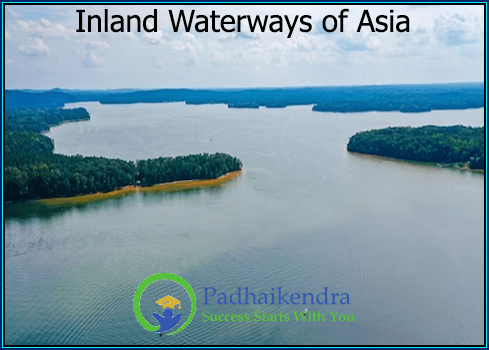Asia is home to some of the world’s most important inland waterways, which have played a crucial role in the region’s economic, cultural, and social development.
Here are some of the major inland waterways of Asia:
- Yangtze River: The Yangtze River, also known as the Chang Jiang, is the longest river in Asia and the third-longest in the world, stretching over 6,300 km. It flows through China, from the Tibetan Plateau to the East China Sea, and is an important transportation and shipping route.
- Mekong River: The Mekong River flows through six countries in Southeast Asia, including China, Myanmar, Thailand, Laos, Cambodia, and Vietnam. It is the 12th longest river in the world, stretching over 4,900 km, and is a vital source of food and water for millions of people.
- Ganges River: The Ganges River is the most sacred river in India and is considered a lifeline for the country. It flows over 2,500 km from the Himalayas to the Bay of Bengal and is used for irrigation, transportation, and religious purposes.
- Brahmaputra River: The Brahmaputra River flows through China, India, and Bangladesh, covering a distance of over 2,900 km. It is the ninth longest river in the world and is an important source of water for irrigation, transportation, and hydroelectric power.
- Irrawaddy River: The Irrawaddy River, also known as the Ayeyarwady River, is the largest river in Myanmar, stretching over 2,100 km. It flows through the country from the Himalayas to the Andaman Sea and is used for transportation, irrigation, and fishing.
- Indus River: The Indus River flows through Pakistan, India, and China, covering a distance of over 3,000 km. It is an important source of water for irrigation, hydroelectric power, and transportation.
These inland waterways have played a critical role in the economic development of their respective countries, facilitating trade, transportation, and communication. They have also contributed significantly to the cultural and social fabric of the regions they flow through.





